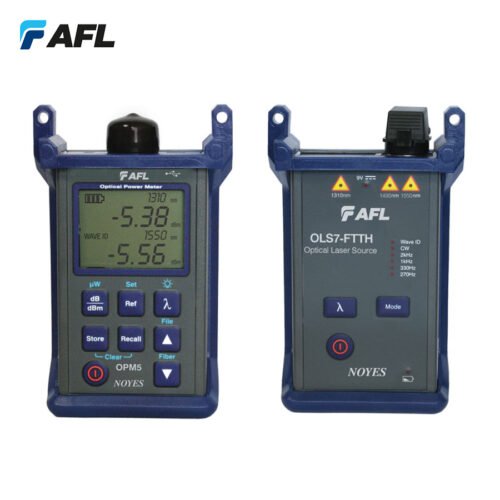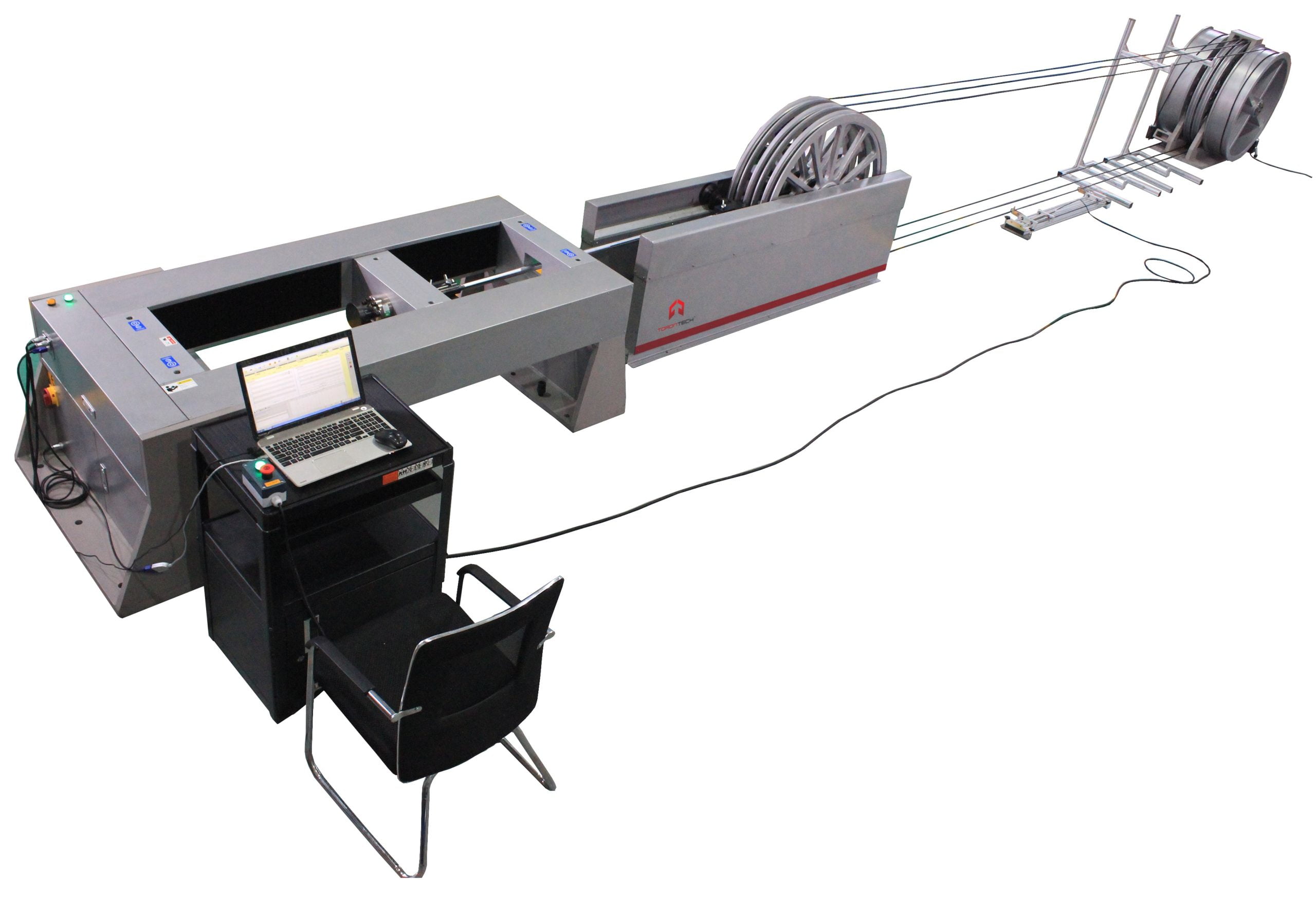Learning about fibre testing equipment and its role in network reliability
Wiki Article
All You Need to Find Out About Robotic Vision and Its Applications in Advanced Optical Measurement Systems
Robotic vision represents a significant improvement in the junction of computer vision, expert system, and maker understanding. This technology enhances the accuracy of optical dimension systems, enabling real-time information evaluation and boosted quality control. Its impact spans several markets, from making to healthcare. The advancing landscape of robotic vision elevates questions concerning future capacities and applications. What advancements lie in advance in this transformative area?Recognizing Robotic Vision: Key Concepts and Technologies
Robotic vision incorporates the technologies and approaches that enable makers to interpret and understand aesthetic info from their environment. This area integrates aspects of computer vision, man-made intelligence, and device discovering to promote automated decision-making based on visual data. Trick principles consist of photo handling, which involves the enhancement and evaluation of images to remove purposeful functions, and item acknowledgment, which permits makers to identify and identify items within a scene.
The Assimilation of Robotic Vision With Optical Dimension Systems
As industries progressively demand accuracy and effectiveness, the combination of robot vision with optical measurement systems has actually become a transformative approach. This harmony permits robotics to view and analyze their environments, enhancing the capability of optical measurement systems to analyze and evaluate things with unequaled accuracy. By equipping optical sensors with sophisticated imaging modern technologies, robot vision allows real-time information collection and handling, assisting in immediate changes to dimension specifications.The mix equips automated systems to detect variants in measurements, surface top quality, and positioning, which are critical in high quality control processes. Boosted formulas, such as artificial intelligence, additional enhance this integration by enhancing the systems' ability to adjust to various settings and scenarios. As a result, the integration not just enhances dimension procedures however likewise reduces errors, guaranteeing that products meet rigorous sector criteria, thereby solidifying the duty of robot vision in the future of optical measurement systems.
Applications of Robotic Vision in Production
In contemporary manufacturing settings, using vision systems has actually transformed manufacturing procedures by enabling machines to execute tasks with remarkable precision and rate. Robotic vision systems are progressively used for quality assurance, where they inspect items for defects and assurance adherence to specs. These systems utilize video cameras and progressed algorithms to evaluate products in real-time, significantly reducing the risk of human mistake.Additionally, robotic vision assists in automation in production line, allowing robots to precisely identify elements and assemble them with minimal downtime. This modern technology likewise improves stock management, as vision systems can monitor stock degrees and spot disparities, assuring a seamless supply chain.
Robotic vision aids in the application of wise factories, where data from vision Homepage systems can be incorporated with other modern technologies to maximize operations (optical measurement system). In general, the applications of robot vision in producing demonstrate its essential role in improving performance, quality, and productivity across different markets
Robotic Vision in Healthcare: Revolutionizing Patient Treatment

In rehab, robotic vision aids in monitoring client development and customizing treatment sessions to private requirements. It sustains doctor by automating jobs such as information collection and patient surveillance, allowing for even more time to concentrate on straight person interaction. Furthermore, robot vision improves telemedicine by making it possible for remote medical diagnosis and online consultations, bridging the gap between patients and doctor. Generally, the application of robotic vision in medical care is reinventing person care, resulting in enhanced results, effectiveness, and person satisfaction.
Future Trends and Developments in Robotic Vision Modern Technology
The fast development of robotic vision innovation guarantees to further improve its applications across numerous fields, consisting of healthcare. Future fads suggest a considerable shift towards incorporating expert system and machine learning, making it possible for systems to gain from substantial datasets and boost accuracy gradually. Boosted sensing unit technologies and deep discovering algorithms are expected to improve things acknowledgment capabilities, enabling robotics to interpret complicated environments better.
In addition, the integration of increased reality (AR) with robotic vision will likely transform exactly how robots assist in surgical treatments and diagnostics. This harmony will facilitate real-time data visualization, boosting decision-making procedures. In addition, miniaturization of components will certainly cause more small and functional robotic vision systems ideal for a range of jobs. As these blog advancements unfold, sectors will certainly witness enhanced automation and performance, strengthening robotic vision as a keystone of ingenious technological options.
Regularly Asked Questions
What Are the Key Parts of a Robotic Vision System?
The major components of a robot vision system include cams for photo capture, processors for information analysis, formulas for analysis, and actuators for movement. With each other, these components make it possible for robotics to regard and connect with their environment effectively.How Does Robotic Vision Improve Precision in Measurements?
Robotic vision improves measurement accuracy by utilizing innovative imaging technologies, enabling precise things detection and spatial analysis. This capacity minimizes human error, enhances repeatability, and permits real-time changes, inevitably boosting overall measurement integrity and effectiveness.What Industries Advantage Most From Robotic Vision Modern Technology?
Numerous markets benefit significantly from robotic vision modern technology, consisting of production, medical care, agriculture, and logistics. These sectors make use of improved precision, efficiency, and automation, leading to boosted performance and lowered functional expenses in their respective processes.Can Robotic Vision Systems Operate In Low-Light Conditions?
Robotic vision systems can without a doubt work in low-light problems, making use of advanced sensing units and formulas to boost image clearness. This capability permits them to have a peek at these guys execute efficiently in numerous environments, consisting of commercial and surveillance applications, despite having minimal lighting.What Are the Costs Related To Executing Robotic Vision?
The costs related to executing robotic vision differ substantially, influenced by parts such as cams, software, and integration. Additional costs consist of maintenance, training workers, and possible upgrades to existing systems, which can gather in time.Report this wiki page